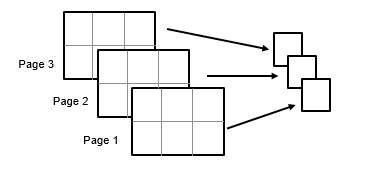geomean
Geometric mean
Syntax
Description
m = geomean(X)X.
If
Xis a vector, thengeomean(X)is the geometric mean of the elements inX.If
Xis a matrix, thengeomean(X)is a row vector containing the geometric mean of each column ofX.If
Xis a multidimensional array, thengeomeanoperates along the first nonsingleton dimension ofX.
m = geomean(___,nanflag)NaN values from the calculation, using any
of the input argument combinations in previous syntaxes. By default,
geomean includes NaN values in the calculation
(nanflag has the value 'includenan'). To exclude
NaN values, set the value of nanflag to
'omitnan'.

